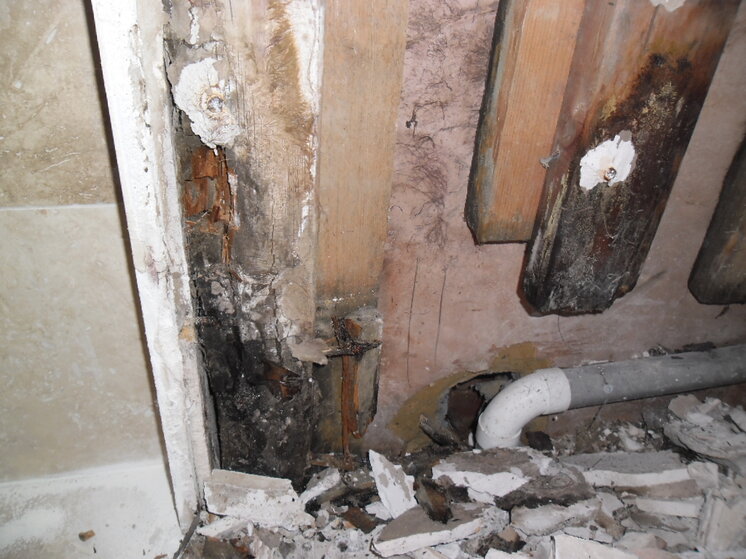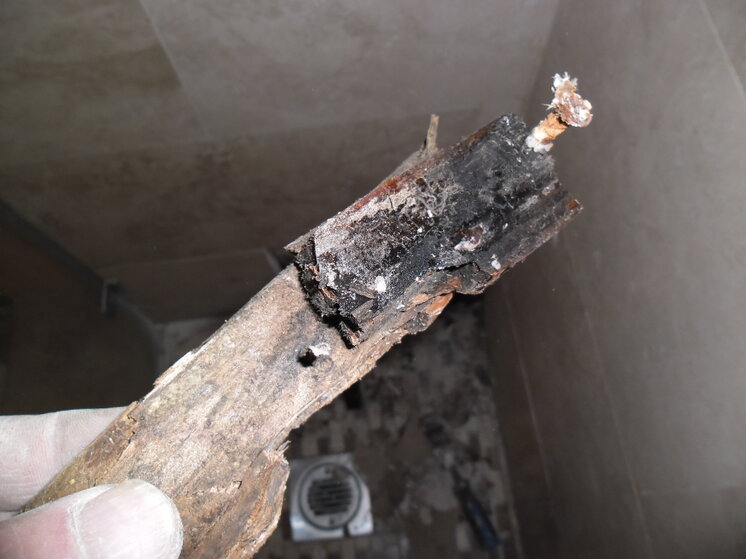W
You are using an out of date browser. It may not display this or other websites correctly.
You should upgrade or use an alternative browser.
You should upgrade or use an alternative browser.
Myths and Misunderstandings: Testing the water resistance of grout
W
WetSaw
Just gone and got my popcorn and now this thread isn't making any sense...
Q
Qwerty
Just gone and got my popcorn and now this thread isn't making any sense...
I will reimburse any snack purchases made this evening. Sorry for the inconvenience people! 😛
S
Spare Tool
...in the words of my daughters hero Elsa..let it go, let it go 😉I will reimburse any snack purchases made this evening. Sorry for the inconvenience people! 😛
T
The D
You mean like this Dean with no tanking
You mean like this Dean with no tanking.
View attachment 75202 View attachment 75203 View attachment 75204
not quite down to water ingress through a well grouted joint is it mate i suspect a larger problem than that and i do think tanking is a good thing as a back up so the background will remain intact in such situations
R
Rizzle from the Portizzle
time to let this go but respect to any tiler that will spend his free time doing test .showing results weather right or wrong we all learn did you know 99.99% of all bathrooms and shower rooms in the uk are untanked ....in the words of my daughters hero Elsa..let it go, let it go 😉
R
Rizzle from the Portizzle
You mean like this Dean with no tanking.
View attachment 75202 View attachment 75203 View attachment 75204
i am sorry having to disagree here having inspected many failed shower and bathrooms .75% bad pluming ie joints behind shower leaking when under pressure bath not silconed to the wall shower tray under plaster board and so on .10% no silcone any were apartanly plummer ment to come back and do it .And 99.9% of failures in them are down to that too!
Yeah fair play for Deano to going well out of his way to prove a point. Not everybody has time for that.
15% realy bad tiling very lippy poor grouting allowing water to make very easy in roads.so what do i make of all this .well all you need for a great job is a plummer who knows how to seal his work .and a tiler who double checks .then seals again .tanking is for when you dont trust anyone .not even your self
.
And jumping out of a plane with one parachute is for the more experienced skydiver
Swimming pools are rarely tanked. They also rarely fail. The failures you see in showers tend to be a result of what the tiles are stuck to not the fact that the grout allows the passage of moisture. Plywood, plasterboard, mdf etc etc... I also still maintain that whilst grout is not resistant to the passage of moisture more failures occur as a result of poor corners.
There are similar tiling threads here
- Replies
- 2
- Views
- 2K
- Replies
- 5
- Views
- 3K
Featured Threads
-
- F
- W
-
- I
-
-
-
Advertisement
Thread Information
- Title
- Myths and Misunderstandings: Testing the water resistance of grout
- Prefix
- N/A
- Forum
- Australia Tiling Forum
- Replies
- 150



